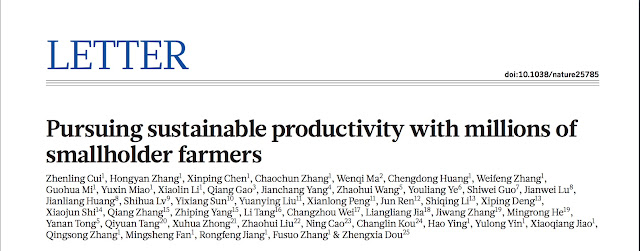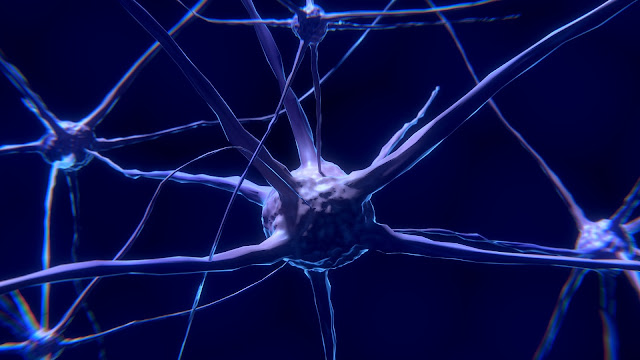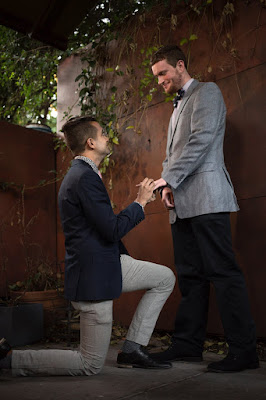Be Careful About a Stubborn Attachment to Growth

Rob Wiblin interviewed economist Tyler Cowen on the 80,000 hours podcast (“the show about the world’s most pressing problems and how you can use your career to solve them”) and as I would expect, it was a consistently stimulating conversation. Cowen presented on his new book, Stubborn Attachments , which argues that we should place dramatic importance on economic growth because most of humanity’s expected value lies in the future, and economic growth is the most reliable help we can offer future generations. I think the thesis is largely correct, and I'm glad he's making such a strong case for creating an economically prosperous future. I want to contend, though, that growth as conventionally measured does not always do justice to the sort of growth that matters for the long-term future. Cowen makes a good case for providing future generations with as many resources as possible, but economic growth is a systematically imperfect measure of resources. In particular, it's n...











